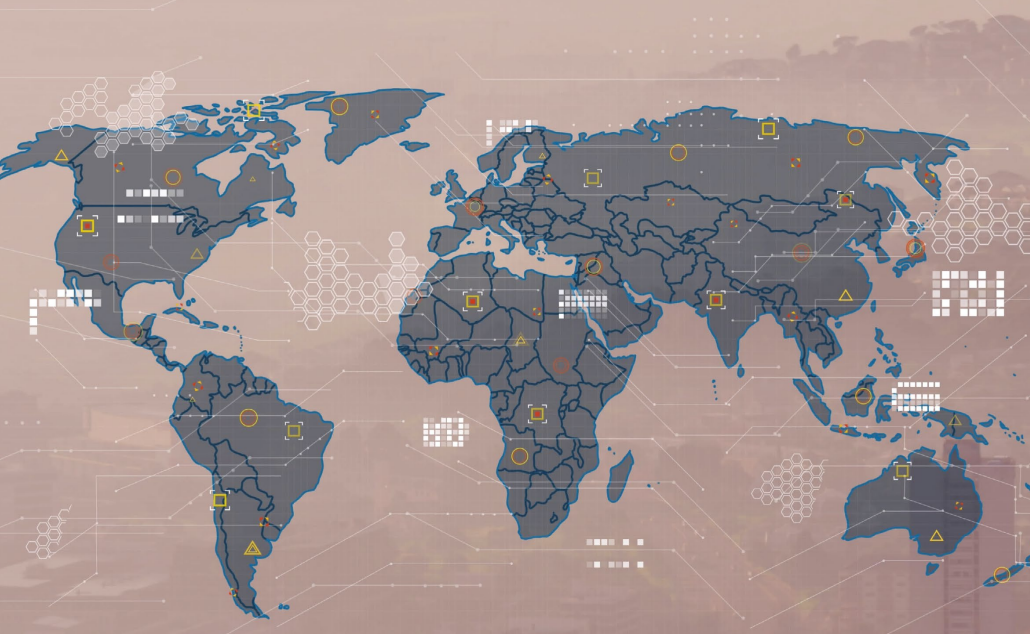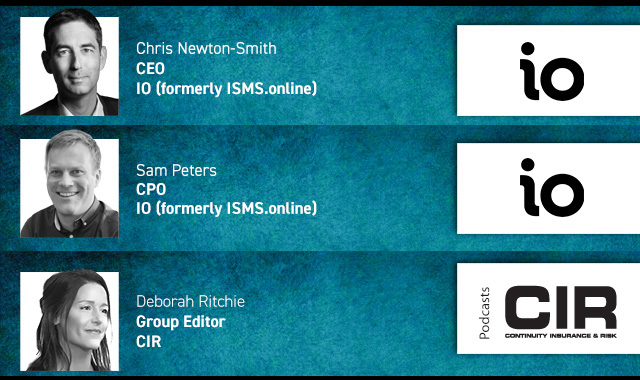Research conducted by the University of Exeter and World Resources Institute India suggests that a mix of policies is needed to accelerate the shift to near-zero emissions steel production. The report, Towards near-zero emissions steel: modelling-based policy insights for major producers, is part of the Economics of Energy Innovation and System Transition project, funded by the UK government’s Department for Energy Security and Net Zero.
Researchers assessed four measures: carbon pricing, limits on new blast furnaces, subsidies with public procurement and mandates for clean primary steel. They found carbon pricing and restrictions are likely to increase scrap steel recycling but not drive uptake of new technologies. Scrap-based production already accounts for about 25% of global steel output.
Primary steel is harder to decarbonise and needs new technology. The report says targeted subsidies plus procurement, or clean steel mandates, could enable this. Using all four policies would have “a combined impact far exceeding that of any single policy”.
“Our analysis shows this combination would create a virtuous cycle,” said Arpan Golechha of WRI India. “Reducing the cost of new technologies increases uptake, and increasing uptake reduces costs. This transition will require support from both the public and private sector.”
Steel underpins wind turbines, solar panels and electric vehicles, making decarbonisation critical. Around 71% of steel is made via coal-intensive blast furnace-basic oxygen furnace methods and 29% via electric arc furnaces. Clean steel – BF-BOF with carbon capture, hydrogen-based EAF or scrap-based EAF – remains costlier and cannot rely on scrap alone. The sector must cut emissions 90% by 2050 to meet Paris targets.
“Several countries have policies in place to decarbonise steel – but barely any near-zero emissions primary steel production is currently happening globally,” added Dr Femke Nijsse, deputy director of Exeter Climate Policy at the Global Systems Institute. “Governments therefore need to know what will work – and that’s what our report addresses.”
The report uses a dynamic technology diffusion model to test the options. China produced 56% of global crude steel in 2023, followed by India, Japan, the US, South Korea and Germany. Each will need a tailored route based on local conditions such as scrap availability, the report concludes.
Printed Copy:
Would you also like to receive CIR Magazine in print?
Data Use:
We will also send you our free daily email newsletters and other relevant communications, which you can opt out of at any time. Thank you.











YOU MIGHT ALSO LIKE